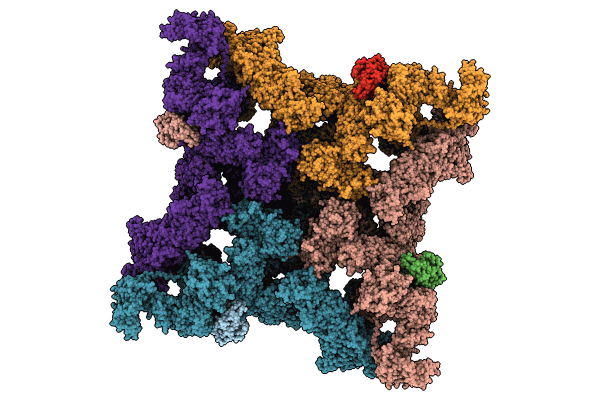
Deposition Date
2024-05-29
Release Date
2024-10-16
Last Version Date
2024-10-30
Entry Detail
Biological Source:
Source Organism:
Homo sapiens (Taxon ID: 9606)
Neogale vison (Taxon ID: 452646)
Neogale vison (Taxon ID: 452646)
Host Organism:
Method Details:
Experimental Method:
Resolution:
2.89 Å
Aggregation State:
PARTICLE
Reconstruction Method:
SINGLE PARTICLE


